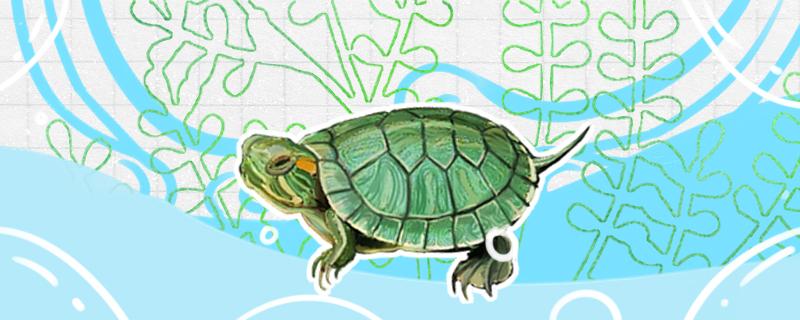 1. When the tortoise is reared dry or in water
1. When the tortoise is reared dry or in water under normal condition, the tortoise is best reared dry. Because they like to move in the water, wild Brazilian tortoises live in the water all the year round, and generally do not leave the water except breeding and basking in the sun. Therefore, when raising Brazilian tortoises artificially, it is best to raise them with water. Although Brazilian tortoises are suitable for aquaculture, if conditions permit, it is best to arrange an amphibious environment for them, which can simulate the native environment and make them live more comfortably.
Dry rearing of Brazilian tortoises will not only deform their carapace, but also affect their growth and development, so it is best not to dry rearing without special circumstances. Of course, when they are sick, they need dry cultivation, because dry cultivation can help them absorb drugs faster and accelerate their recovery.
2. How high is the water level of Brazilian tortoises?The water level of Brazilian tortoises should be determined according to their body size. Young tortoises are small in size and have poor swimming ability, so breeders should keep them in shallow water. It is best to control the water level of young turtles below their carapace, so as to ensure that their living environment is moist and they can breathe normally.
The height of water level of Brazilian tortoises in adulthood can be adjusted to 1-2 times the height of carapace. Because the Brazilian tortoise's physical strength and water quality will be enhanced in adulthood, and deep water can make their carapace develop better.